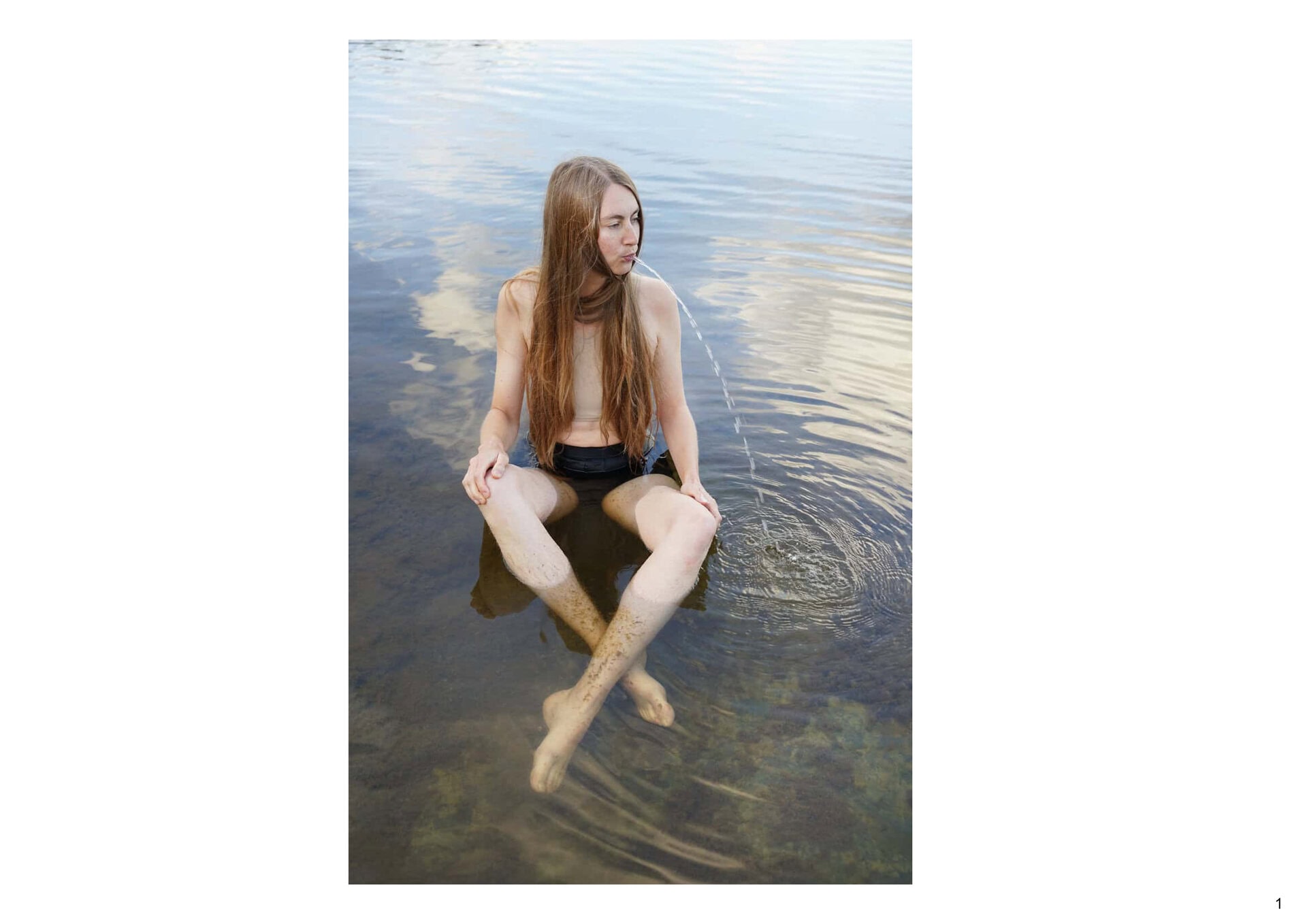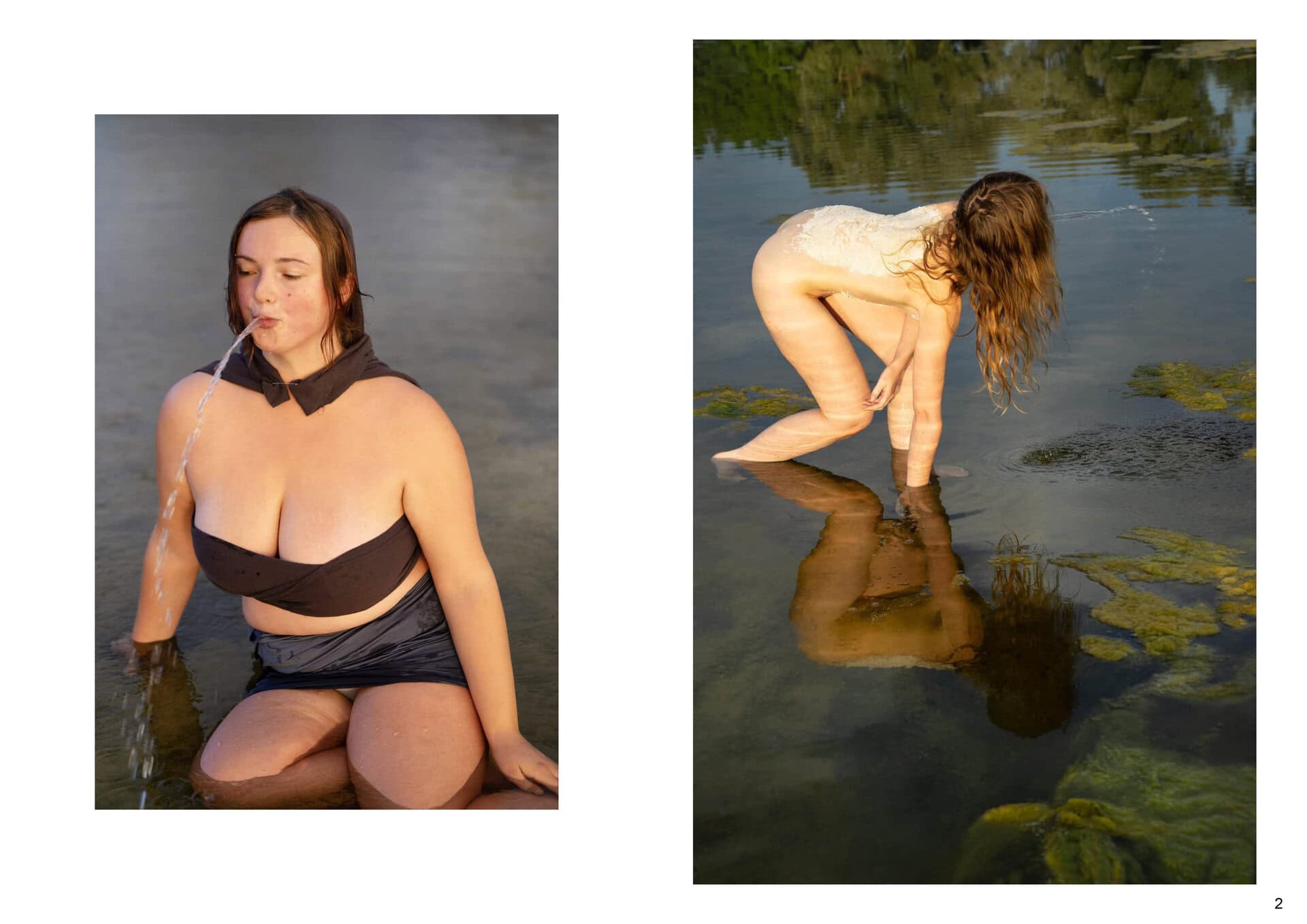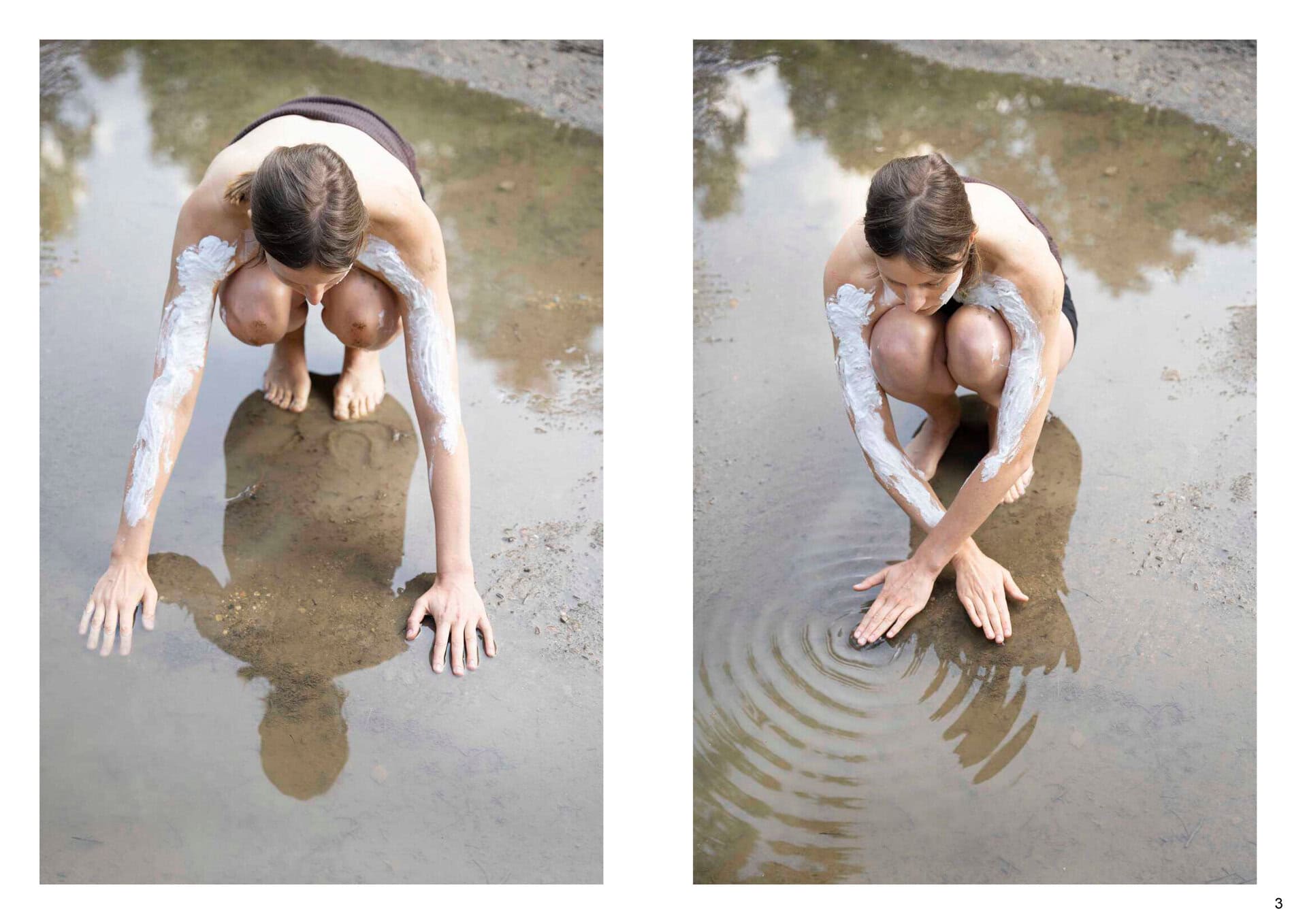


Water Beings / Panta Rei (2024)
In this project, I collaborated with a group of women and queer people to explore representations of the demonic. The series focuses on oppressed and overlooked female roles and offers a counter-narrative by portraying and celebrating female figures with demonic traits. The figures appear as hybrid beings, half human and half animal, and as fountains that spout water. Rather than rejecting demonic traits, I want to embrace and celebrate them.
The work is rooted in the philosophy of Heraclitus: Panta Rei (everything flows). Change is the only constant in culture, identity, and society. From this perspective, the works explore the fluidity and transformation of female and queer representations. The figures symbolize this fluid nature: like fountains, our bodies are constantly flowing; we urinate, bleed, and vomit.
The demonic traits of women have played a complex role throughout art history, from the witch hunts of the 15th to the 17th centuries, when women were the target of fear and superstition, to contemporary interpretations within feminist art. Artworks such as Albrecht Dürer’s The Four Witches and Salvator Rosa’s Witches at their Conjurations illustrate this fear and oppression, while Francisco de Goya’s Witches’ Sabbathoffers a critical view of societal paranoia. In contemporary art, with artists like Hilma af Klint and Liz Ophoven, the concept of the ‘witch’ gains a new, positive meaning. The witch, once a symbol of oppression, now evolves into a playful yet powerful cultural stereotype. This transformation reflects a shift in how we view women and demonstrates how change, like water, is always flowing.
Furthermore, water symbolically refers to cleansing and healing, especially within religious contexts, but in these works, it acquires another meaning. The fluidity of water represents the constantly changing nature of our identities, just as the queer and female figures we present cannot be pinned down to a single definition. Water reflects the way we do not fit into fixed, static roles but are constantly in motion.